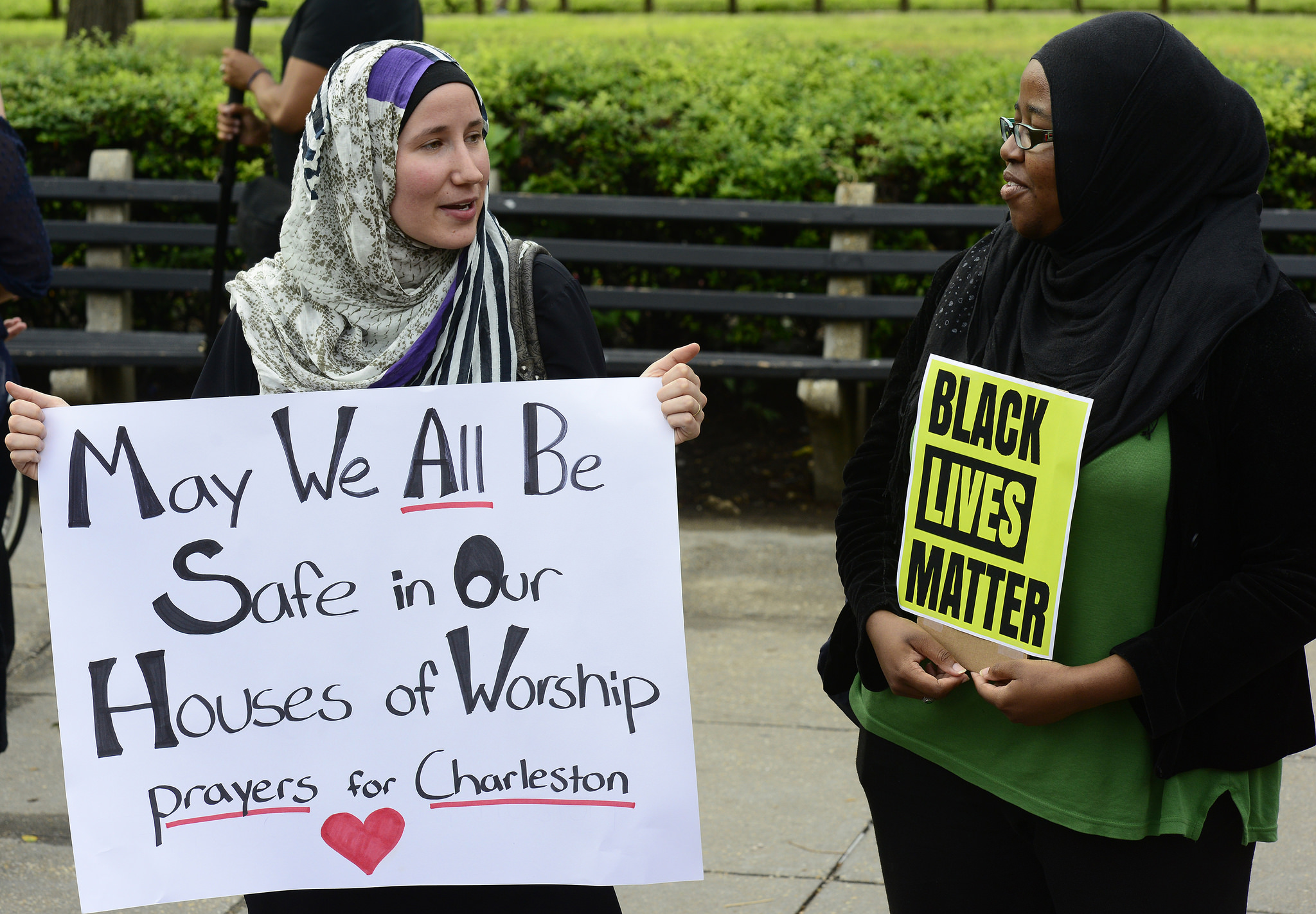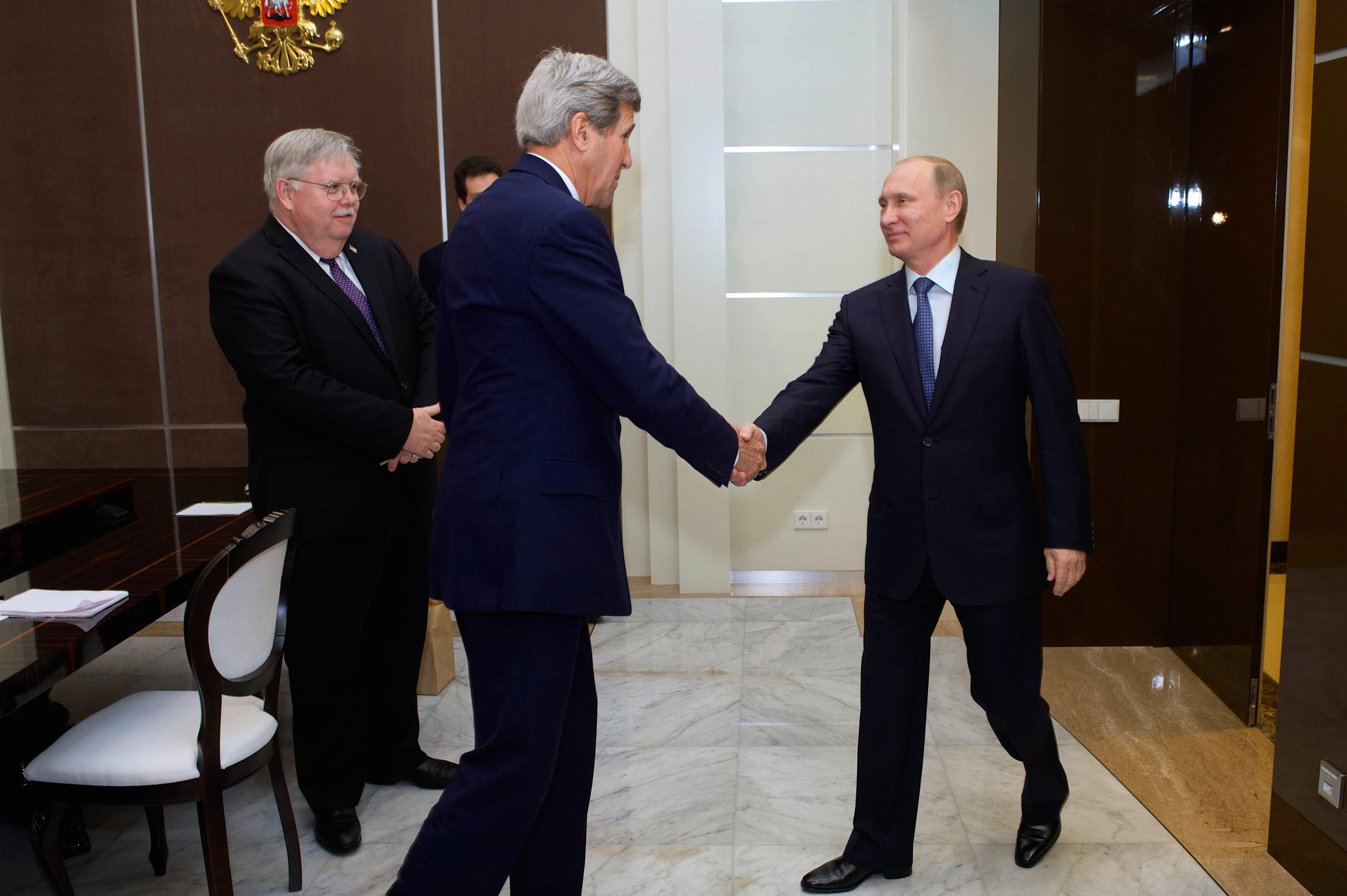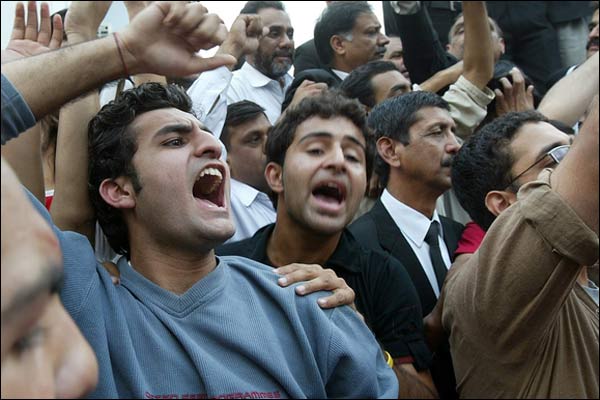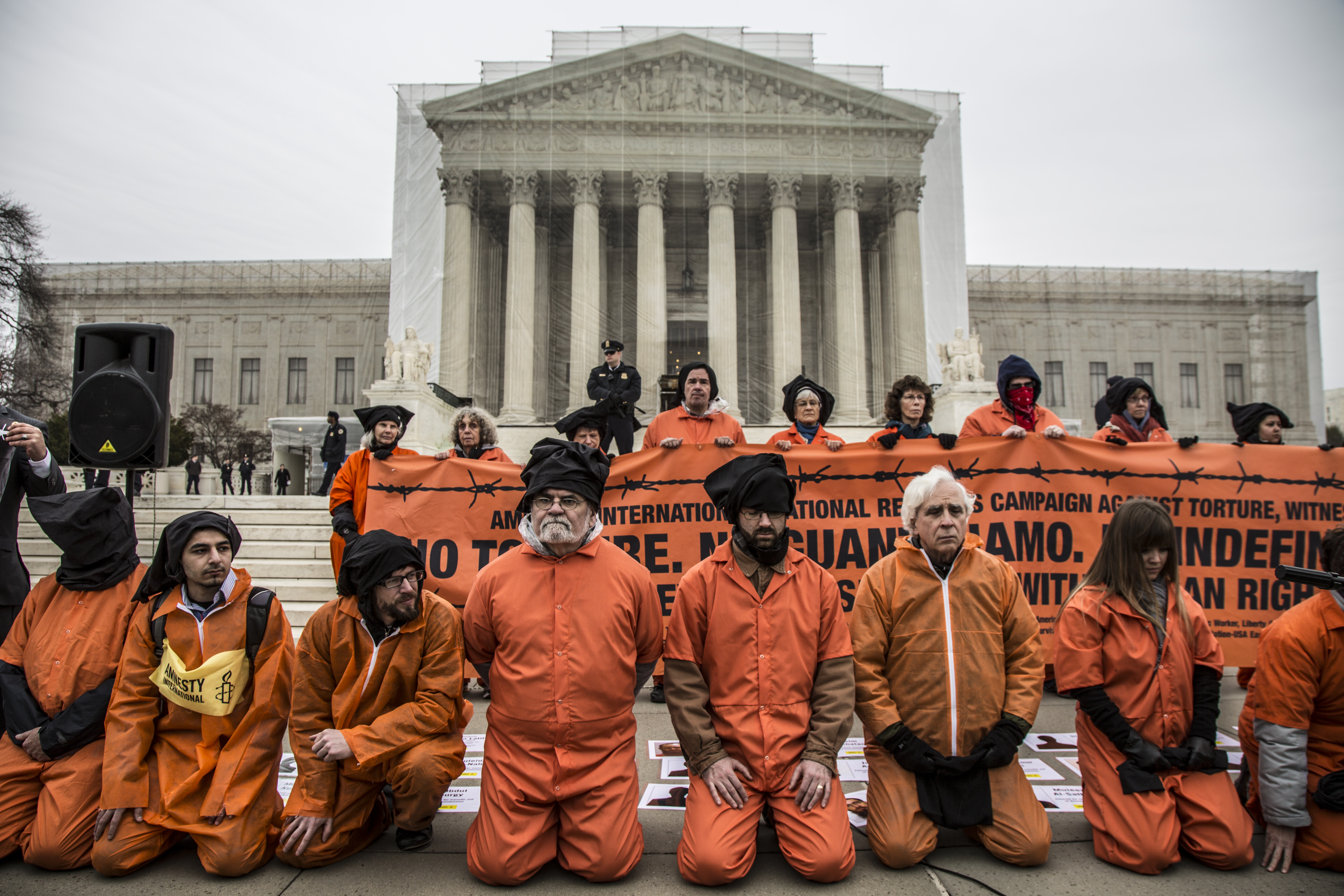Guest post by Suat Cubukcu and Brian Forst.
President Donald Trump recently argued that the news media in the United States have been negligent in reporting on terrorism, that the major media outlets routinely play down terrorist events. The White House then issued a report listing 78 terrorist attacks, asserting that most were under-reported. Associates of the President observed that this alleged burying of news on terrorism undercuts the Administration’s agenda of getting much tougher on “Radical Islamic terrorism.”
It did not take long for critics to assert that the opposite was closer to the truth, that terrorist attacks get covered at rates that are well out of proportion to the harms they impose, relative to other acts of violence and other causes of deaths, injuries, and property damaged or lost. This is precisely the goal of the terrorists, and the media have been all too willing to comply. They noted as well that the list of 78 attacks was conspicuous for the attacks excluded, particularly attacks against Muslims, who constitute the vast majority of victims of Islamist terrorism. Also excluded were serious right-wing attacks, such as those that hit a Muslim mosque in Ottawa this year and an African-American church in Charleston in 2015.
The two of us have spent several years now studying the under-reporting of terrorist events and we can shed some additional light on this question. We compared databases on terrorist incidents from open sources (assembled, organized, and maintained in the START project’s Global Terrorism Database) and from official sources in Turkey from 1988 to 2012 to examine the extent of over- or under-reporting of incidents in the media. In sharp contrast to the assertions from the White House, we found that religiously motivated terrorist attacks reported by the Turkish National Police were four to five times more likely to show up in open sources – media accounts – if the attacks were religiously motivated. Controlling for other factors, including the severity of the attack and other factors reflecting newsworthiness, religiously motivated attacks were about twice as likely to be reported in open sources. We cannot be certain that these findings hold as well in other countries, but we know of no serious scholars who have reported or argued that jihadist attacks that occur anywhere are either less newsworthy or less likely to receive media attention than other incidents of political violence.
Peter Bergen reported a CNN analysis of the 78 incidents on the White House list to examine how widely these cases actually were covered. When run through the Nexis database, these incidents were found to have been mentioned in news accounts an average of over 1000 each, more than any other major category of news.
This should not come as much of a surprise given other assertions from the President that “carnage” routinely gets too little attention by the media. On February 7, for example, he reported that “the murder rate in our country is the highest it’s been in 47 years.” He blamed the news media for not publicizing this development and then restated, “But the murder rate is the highest it’s been in, I guess, 45 to 47 years.” The most reliable data available, collected from some 17,000 police departments throughout the US and maintained by the Federal Bureau of Investigation, reveals that in fact homicides occurred at a rate of 4.9 homicides per 100,000 residents annually in 2015, the last year of official audited data, half the level of the rate in 1980.
It is a hallmark of enlightened governance to base public policy on accurate data and valid research. We can only hope that the United States will not abandon this fundamental principle of public policy in the years to come.
Suat Cubukcu and Brian Forst are members of the faculty of the Department of Justice, Law, and Criminology in the School of Public Affairs at American University, Washington, DC.








1 comment